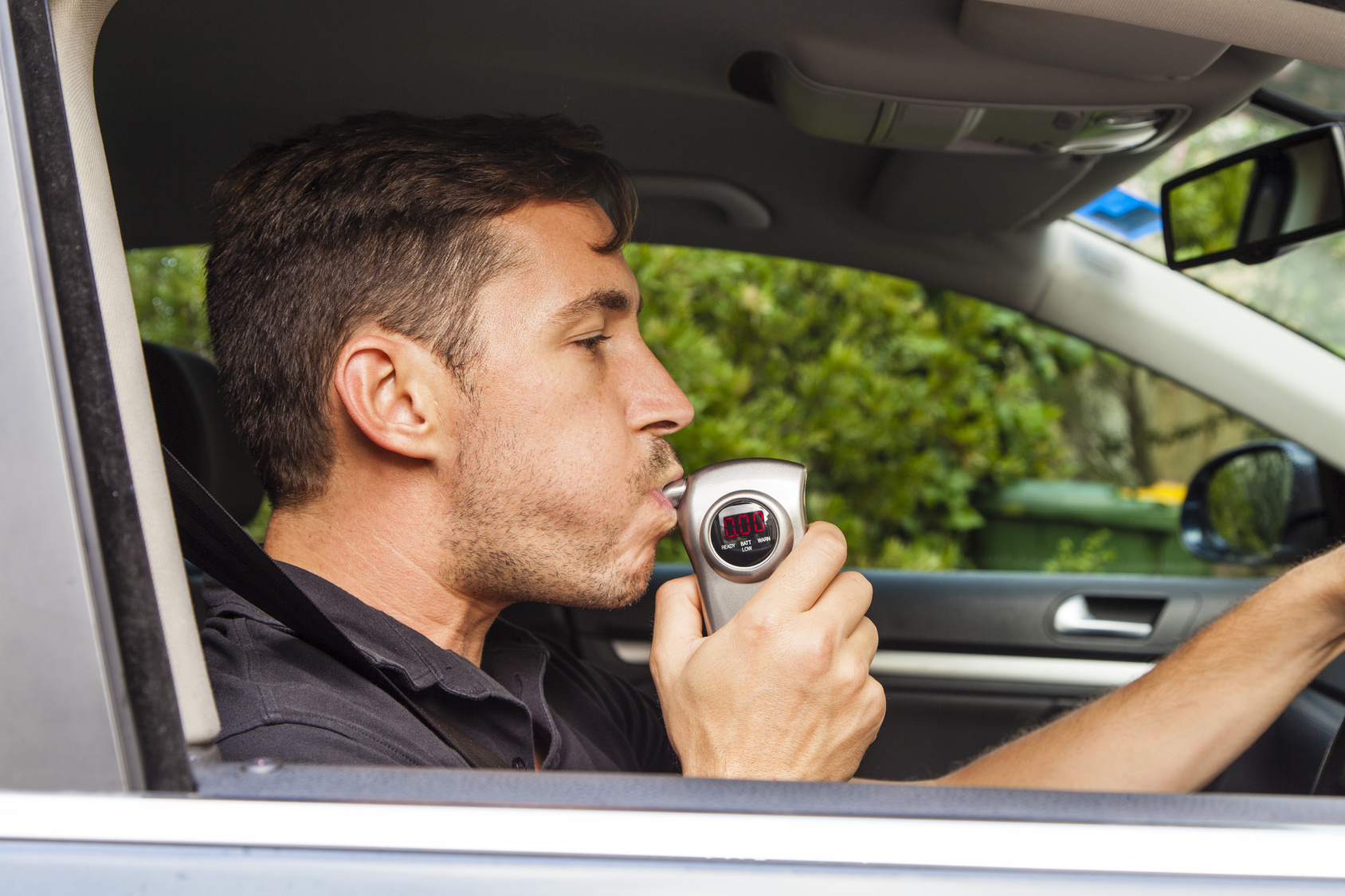
One thing is always true. It is best to consult a DWI lawyer.
Since the original Breathalyzer was introduced 60 years ago, breath alcohol technology has become more sophisticated and more reliable. A properly administered test on a certified machine is admissible in court as per se evidence of driving while intoxicated (DWI). But the machine and the human operator are not infallible. There are legitimate defenses to the results of a breath alcohol test and subsequent charges of drunk driving.
How does a “breathalyzer” work?
Minnesota law enforcement agencies currently use the DataMaster DMT breath testing device. These machines don’t smell alcohol. They see it. When you blow into the machine, your breath flows past infrared beams. Alcohol molecules absorb light in a specific way, which allows the photosensors to estimate the proportion of alcohol to the total sample. This is a very simplied explanation of the very intricate technology of infrared spectrophotometry.
The machine crunches the numbers and converts the breath alcohol sample to an equivalent blood alcohol content. Under Minnesota statute a person is legally intoxicated at a BAC of .08 – eight hundredths of one percent of one’s blood.
Is it possible to fool the breathalyzer?
There are many urban myths about how to trick the officer or cheat the breath test machine. These tactics have been disproven by many studies:
∙ Chewing gum will give you fresh breath … but has no effect on the alcohol exhaled from your lungs.
∙ Eating onions or garlic will give you bad breath … but will not mask or alter the actual alcohol.
∙ Putting a penny in your mouth is junk science. The copper does not react chemically with the alcohol.
∙ Putting a battery in your mouth is a myth. The electric current does not neutralize alcohol.
∙ A swig of mouthwash may fool the machine … into a higher BAC reading! Mouthwashes and breath sprays contain alcohol. In theory, the off-the-chart reading will be thrown out of court. In reality, the officer will wait 15 minutes and retest – or take a blood or urine sample instead.
∙ Holding your breath, if anything, is likely to increase your BAC reading.
∙ Blowing lightly or pretending to blow do not work. The DataMaster measures the amount of air you expel and accounts for it in the blood-alcohol calculation. It also alerts the officer if you do not blow hard enough.
The breathalyzer can’t be fooled, but it can be beat.
The machine cannot differentiate between ethyl alcohol and certain other chemical compounds such as solvents or rubbing alcohol. Breathalyzers can be skewed by alcohol in the mouth from acid reflux, belching, chewing tobacco and other conditions or substances. People with COPD or other health conditions may not be able to exhale forcefully. The DataMaster itself must be periodically calibrated to be valid. And the officer must follow specific procedures to get an accurate reading. An experienced DWI defense attorney will be able to identify potential issues with the administration of the test or the results, possibly leading to a dismissal or acquittal.
If you have any doubt about whether to take a breathalyzer test, if your arrest was based on a false positive, or if you believe your rights were violated in the process, talk to a lawyer immediately.

